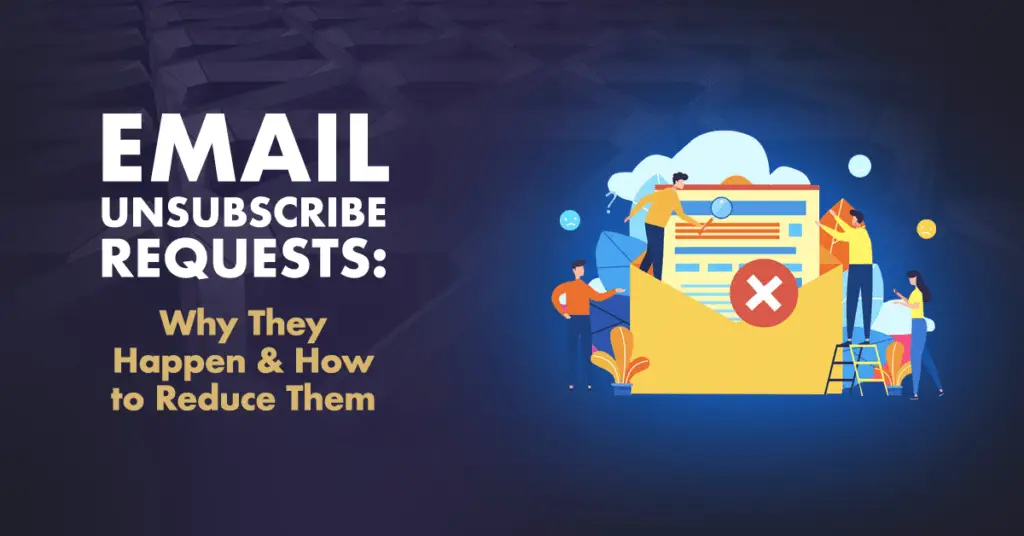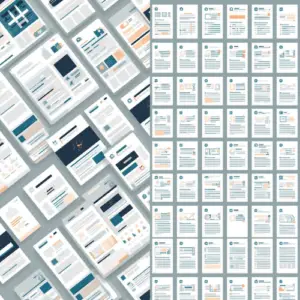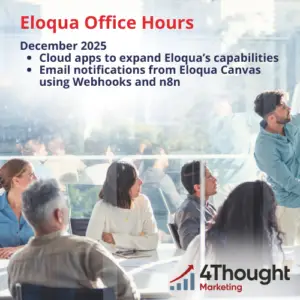
You’ve just spent days crafting the perfect marketing email. You’re proud of the content, the design, the personalization, and everything else in this message. You schedule it to send at the correct time and sit back to wait for the results.
But instead of a spike in sales, you see exactly what you didn’t want to see: a spike in email unsubscribe requests.
Why Do Customers Unsubscribe from Marketing Emails?
There are a variety of reasons customers might unsubscribe, but the vast majority are ultimately based on one of these two points:
- They feel they’re receiving too many emails
- They feel the emails they’re receiving aren’t relevant to them
Both reasons stem from a desire for control. Customers want to be able to control how often they receive marketing emails from you, after all, and they also want to control (to an extent) what those emails say. The more successful companies’ invite their customers to choose their topics of interest, and make it quick and convenient on their subscription management page.
Offering Your Customers More Choices
Instead of giving your customers an all-or-nothing choice on communications, encourage them to refine their preferences. Offer choices such as:
- Method of communication: Some customers prefer emails, while others prefer text messages. They’re far more likely to check messages from you when they’re sent via the preferred method of communication.
- Topics: A home chef will appreciate a message about a sale on cooking supplies far more than a message advertising a pair of expensive speakers. Ask your customers what they want to hear about, and then do your best to provide.
Crafting an Appealing Email
To reduce email unsubscribe requests, make sure you send emails that are timely and relevant to the recipient. Look at every part of your current marketing email template. Where can you improve?
- Subject line: This is the first part of your email that a customer sees. Make it engaging and intriguing! An intrigued customer will open your message. You may even be able to put their name in your subject line
- Greeting: A generic “Hi!” won’t cut it here. Instead, address the email recipient by name.. This simple step goes a long way.
- Email body: Make this too short and you risk not getting your point across, but make it too long and you risk a quick “Nope” and trip to the trash bin. Do some experimenting to find the perfect middle ground.
- Message: The customer may not want to make a purchase right now, but if they feel like the email is relevant to them or their lifestyle, they’ll feel happy you thought of them. And happy customers are more likely to continue receiving emails and consider future purchases from you. Once again, Custom Objects can help you personalize the message to each recipient.
- Call to Action (CTA): The CTA is the most important part of your email—from your point of view. For the customer, the CTA guides them to the next logical step as your customer continues their journey.
Conclusion
Customers already receive a staggering number of emails, both solicited and unsolicited, from a variety of sources. Emails from your competitors may be in their inbox too. That’s why it’s so absolutely critical for your emails to stand out, both in appearance and content. Showing your customers that you take the time to appeal to them specifically puts you ahead of any competitors more concerned with sending as many emails as possible.
Ready to start sending personalized messages that get results and reduce email unsubscribe requests? Contact us today to learn how 4Comply and Eloqua can help.





